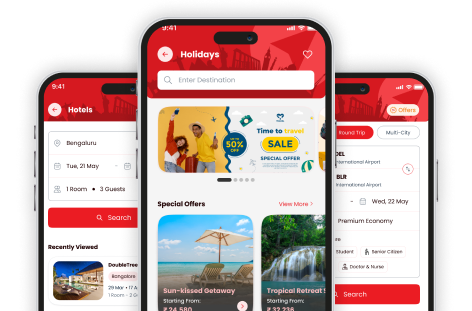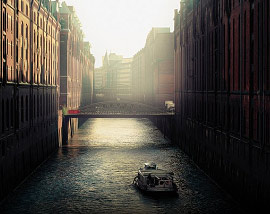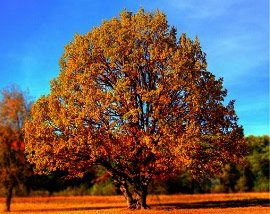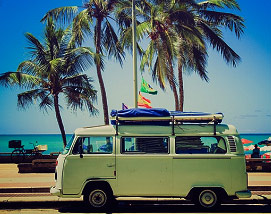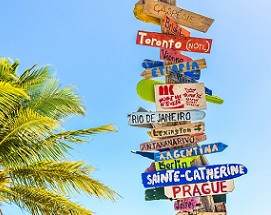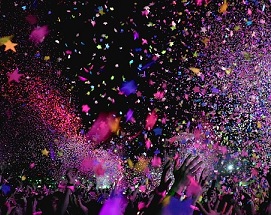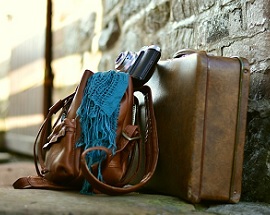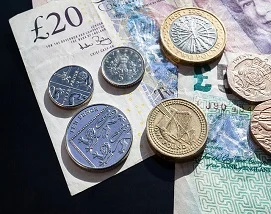Known for its dense jungles, low lying plains, mountains and a diverse geographical terrain, as well as some of the most renowned historical monuments, the small country of Cambodia has much to offer. Size doesn’t matter at least in terms of what it has to offer and that is a plethora of sights, sounds and activities that will fire up your enthusiasm as you embark on a Cambodia tour. From sunset at beaches to sunrise at Angkor Wat, the options that comprise Cambodia tourism are numerous.
While the country’s main source of income is the textile industry, Cambodia tourism comes a close second in bringing money to the country as people from all over the world converge here for various reasons. Some of the popular destinations here include Phnom Penh, the capital, Siem Reap, Sihanoukville and Battambang. People are also fond of visiting Kampot and Kep.
Geography of Cambodia
Cambodia is surrounded by Thailand, Laos and Vietnam while it also has a 443 km long coastline along the Gulf of Thailand. There’s a low-lying central plain which is surrounded by low mountains. Extending outwards from this are some thinly forested plains. But there are also dense forests at the east of Mekong River. Cambodia’s highest peak Phnom Aural reaches up to a height of 5949 feet and it is located in an uninhabited area. Cambodia’s most distinctive feature is the Tonlé Sap Lake whose size, length and water volume changes every year. As the largest freshwater lake in Southeast Asia, it is considered to be a biodiversity hotspot and became a UNESCO biosphere reserve in 1997.
Climate of Cambodia
Monsoons play a huge role in determining Cambodia’s climate. It has a tropical wet and dry climate due to the distinct seasonal differences. Cambodia experiences two different types of tropical monsoons. The southwest monsoons are from May to October which is the rainy season while the northeast monsoons are from November to April, making this the dry season.
Culture of Cambodia
Cambodia’s culture is influenced by several factors – Buddhism, French colonialism, Hinduism, Angkorian culture and even globalisation. As a country that focuses greatly on culture and religion, everything matters, right from the traditional clothing to distinct styles of dance, architecture and sculpture and there are heavy influences from the neighbouring Laos and Thailand. Khmer architecture also plays a huge role in Cambodia tourism. The cuisine too, is an important part of the culture with people relying most on rice and fish. They use plenty of tropical fruits, soups and noodles in their cuisine.
Cambodia Tours
It’s hard not to think of Angkor Wat the moment you think of Cambodia. This iconic temple with its ornate design is said to be the largest religious monument in the world. It’s one of the key elements of every Cambodia tour. It’s always crowded with people who have come to see this glorious monument for themselves. There are hundreds of temples and religious structures spread through the 400 km site. One of the most popular things to do here is to watch the sunrise at Angkor Wat as the sun makes its appearance from behind the temple’s spires.
Siem Reap, home of the Angkor Wat is no stranger to Cambodia tourism. The city has much to offer the interested visitor although there are many things to explore in the open countryside around the city. The Phnom Kulen National Park is an excellent spot to visit with waterfalls, wildlife, and religious monuments galore. For nature focused activities, Banteay Srei has several adventurous elements which should satisfy the explorer in you.
The capital city of Phnom Penh with its rapid modernisation is nothing like the Cambodia you would have come to expect. With its tall buildings and focused population going about their work, it’s a little hard to reconcile this image of Cambodia for most people who can only think of Cambodia with its dense jungles and temples. Nevertheless, it’s a wonderful city to explore and it’s a delight for foodies with the numerous cuisines, restaurants and bars.
Kampot, the riverside town is quintessentially Cambodian with its laidback charm, but it has become a tourist magnet in recent times and is quite famous for the Kampot pepper. There are plenty of boutiques, wine bars and coffee shops that have elevated its status. The nearby Bokor Mountain is great for a day trip where visitors can see the heart of rural Kampot.
Kep is another coastal town famous for its crab which is a perfect accompaniment to the Kampot pepper. Kep used to be reserved for the rich and famous during the time when the French had colonialised Cambodia. But now, it’s a quiet and peaceful destination for those looking for a break from the crowds. Do remember though, that shutters come down early here.
